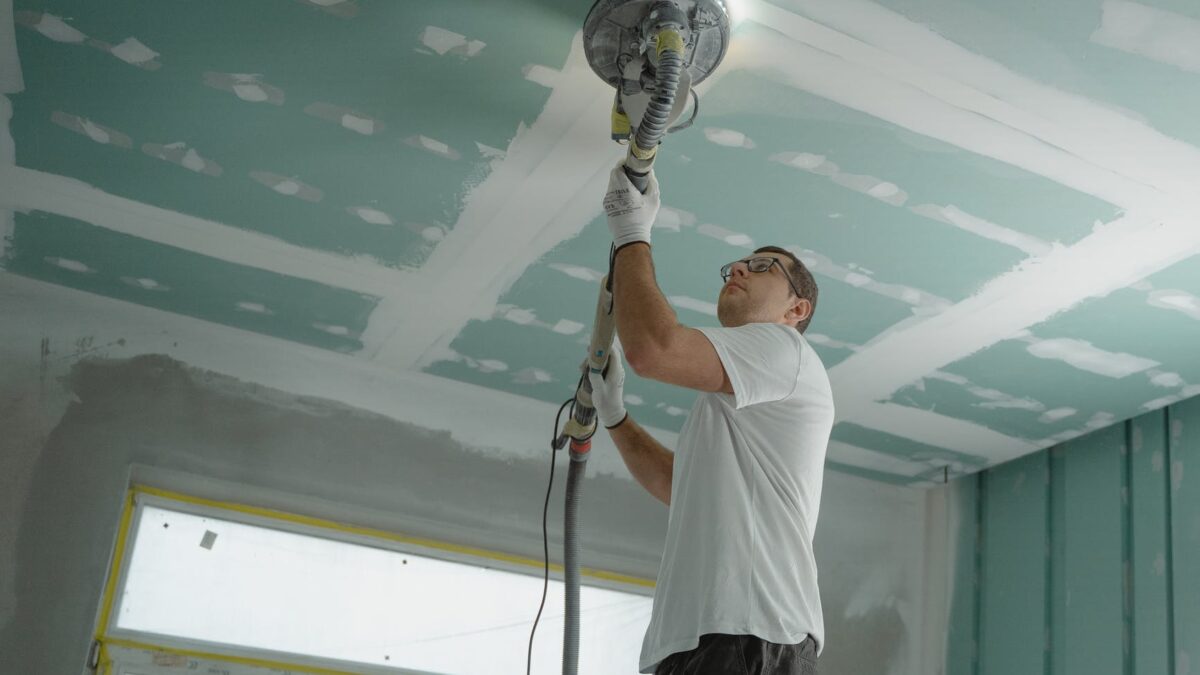If you are renovating your house or having minor improvements or even building a new home, there are many GIB fixing services available to help you with the professional installation of GIB and plasterboard on your walls and ceilings. Here are things you should know about interior plastering.
GIB fixer Rule 1
The aim of having GIB fixer rules is to ensure there is a long-lasting and better-looking finish. Being aware of simple rules will help you get a better idea and find a quality GIB fixer like professionals who do GIB stopping in Auckland. The first rule is to fix the GIB in such a way that it would avoid light falling across the joints. The plasterboards need to be fixed in such a way that light should not run through the joints across GIB plasterboard joints. This can be generally achieved by fixing sheets to the joints so that it prevents light through the joints. In most cases, the GIB is fixed horizontally on walls. There are chances that light can run vertically in smaller rooms.
GIB fixer Rule 2
Minimize the number of butt joints. These joints get formed when two non-tapering ends meet. To reduce this we should order GIBs that will specifically fit into each wall and ceiling. Sometimes this leads us to end up with the longest practical size sheet available. The framing members come with the instruction on how to do the sheet layout. It should be followed by GIB fixers. GIB fixers apply these rules to select the sheet layout. To minimize butt joints, you can also place them above doors and windows if they comply with other rules. Making the butt joints less visible is the main goal when you place them above doors.
GIB fixer rule 3
GIB fixers should stay away from installing GIBs in places that have a lot of movement. Areas near the corners of the doors and windows are such areas. Keep joints at least 200mm away from these areas. Avoid using these on junctions between hallways and rooms. Plasterboard defects mainly develop around installing it in stairwells, where it is not supposed to be done. GIB fixers should always avoid creating joints near the junction of two floors. Hire professional good-quality service providers so that these silly mistakes do not occur and save you money.
GIB fixer rule 4
Use a back-blocking method to strengthen and stabilize joints between plasterboard sheets. Ensure you are following the standards asked by your country of residence. New Zealand standards are that you should do back-blocking in places where three or more joints occur in a ceiling. Do follow the guidelines of plasterboard installation before you hire a service,


